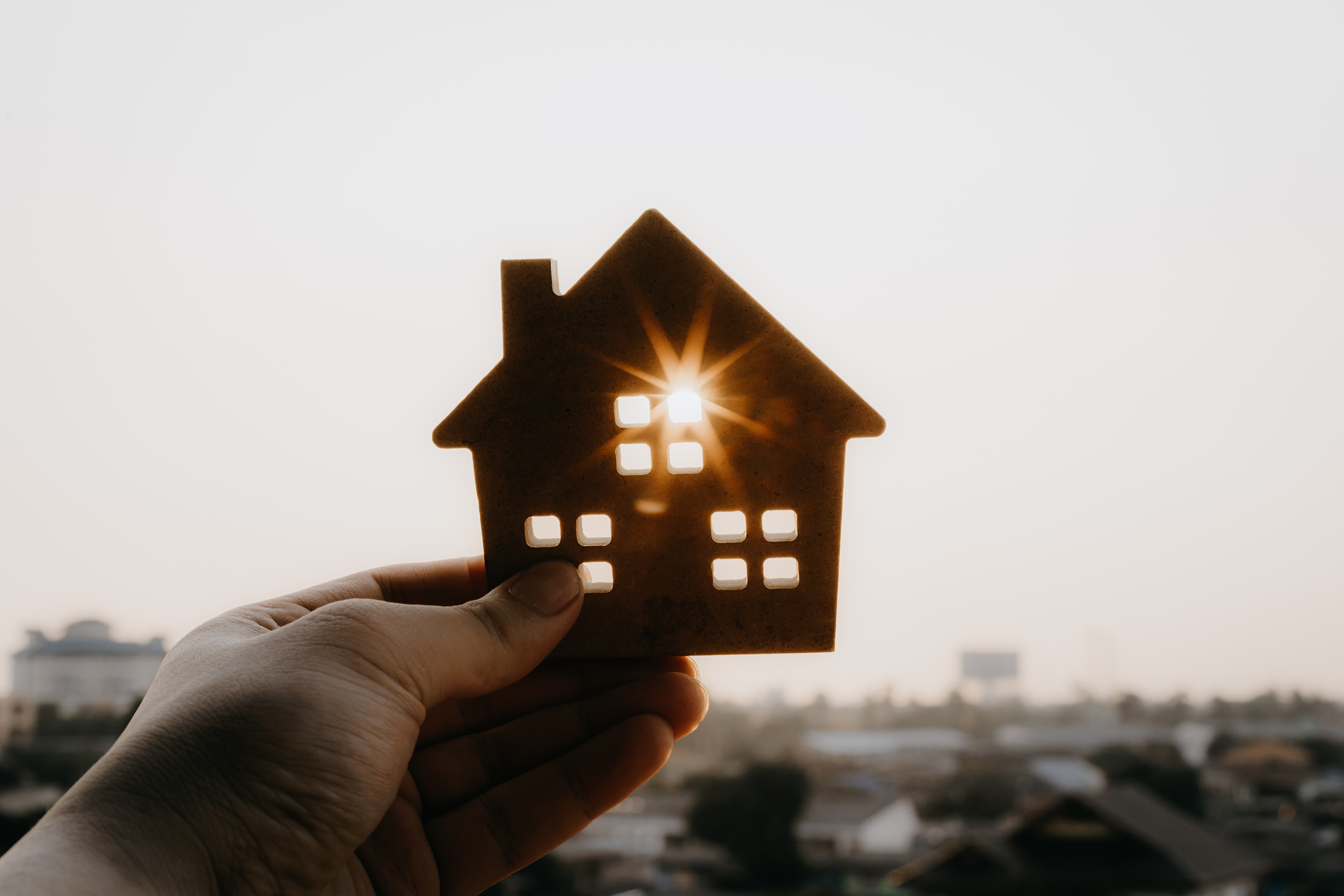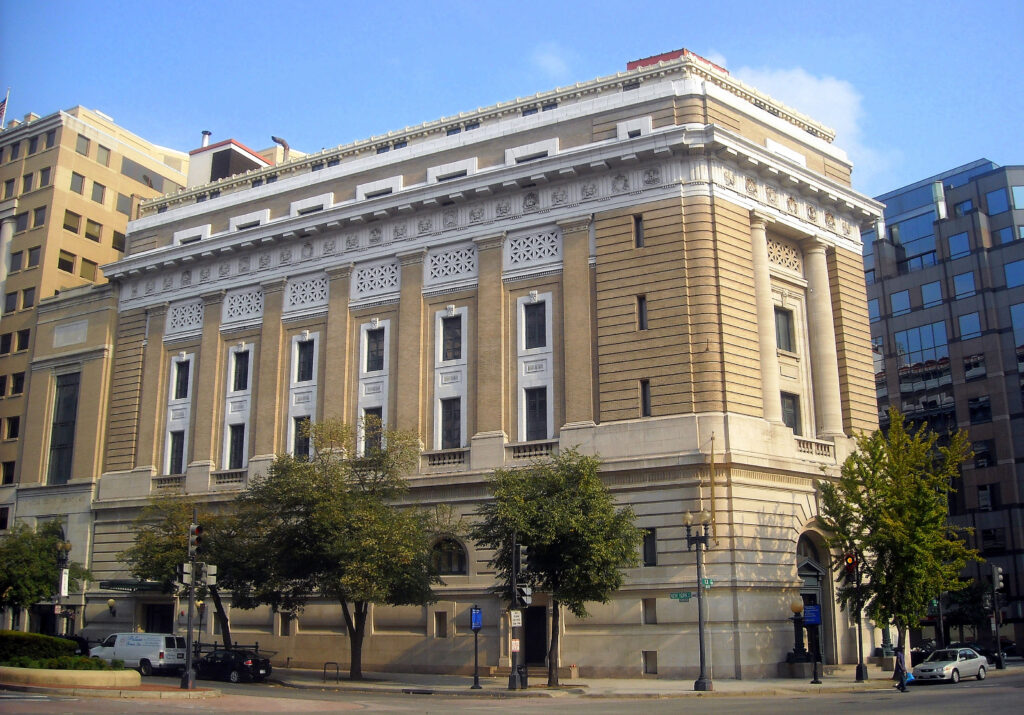I have been passionately working in affordable housing for many years – I started my career working on affordable housing in the Bay Area and then designing infill, scattered-site housing in New Haven. The Yale School of Architecture MArch I degree requires a semester-long program where student teams compete to design a single-family infill house that they then spend the last part of the year building. They then sell the home to a low-income family in need at the end of the summer. Back in 1998, this was an invaluable experience to understand how buildings come together and helped me understand the massive need for Affordable For Sale Housing in the US.
A relatively new terminology of Attainable Housing has come into the lexicon over the last several years. Attainable Housing is often defined as unsubsidized for-sale housing in the 81% MFI (Median Family Income) to 120% MFI range, with down payments as low as 5%. There is clear evidence of a need for more of this type of “starter” housing – addressing the Missing Middle of housing in America. Generational wealth and stability in the US has long been built on homeownership, something that has not been equally available to all. Studies show homeownership rates are much lower amongst women heads of households and even lower for many Black and Brown families.
However, having now designed several projects of attainable housing for various neighborhoods in Kansas City, we have come to understand that the private market alone cannot equitably provide this much-needed housing type. To have a home meet the requirements for being attainable, given the Kansas City Region’s MFI of approximately $50,000 per year, someone making $40,000 would ideally be able to purchase a home. Using a rough rationale of HUD affordability, monthly mortgage payments would need to be around $833/ month or 25% of income.
Here is the rub – a home, even at 10% down at that mortgage, could only be sold for around $125,000 for someone at 80% MFI to afford the monthly payment. (For 120% MFI, this amount is roughly a $180,000 home.) Assuming a minimal profit margin, holding costs, and real estate fees, those homes would need to be built for approximately $110,000-$160,000. Currently, even speculative home construction costs have skyrocketed to $180-200/ sq ft due to materials and labor shortages (blame COVID-19 and other international market factors). This calculation equates to a 580-840 sq ft home, which is barely large enough for a true one bedroom in the lower size range. Most families are looking for a 3+ bedroom home for more flexibility in their home makeup. Economies of scale are also hard to achieve at this size of construction. According to Catholic Charities, ideally, a 1,250 sq ft home, which was the median home size in 1960, affords the economies of scale to optimize construction costs.
All these factors coming together means that for us to provide the ideal type of attainable housing the market desperately needs, at the 1,250 sq ft size, for a for-sale product that meets just average MFI needs, there is a gap of nearly $100,000 per home!
Conclusion: Attainable Housing is not attainable without some form of subsidy – at least not in our current Midwest market.
We are thrilled to see programs like the Affordable Housing Trust Fund, CCED, and other grant or financing opportunities available in Kansas City, Missouri. These programs can subsidize Attainable Housing and allow homeownership, which can be a critical path to social equity through real estate equity. These programs could bridge the gap for those first-time housing developers who want to serve the growing market of first-time homebuyers; what an incredibly positive impact and outcome this could be!




